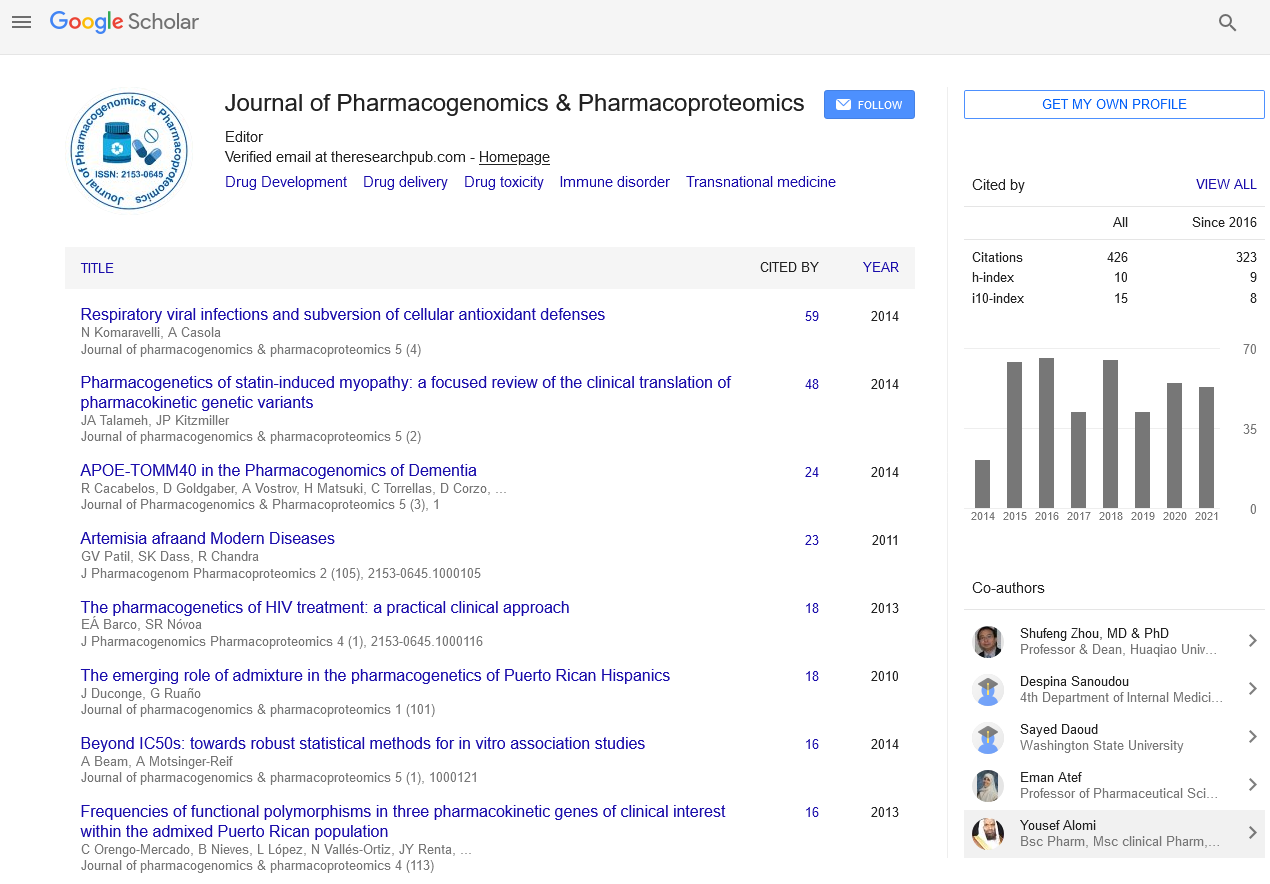Indexed In
- Open J Gate
- Genamics JournalSeek
- Academic Keys
- JournalTOCs
- ResearchBible
- Electronic Journals Library
- RefSeek
- Hamdard University
- EBSCO A-Z
- OCLC- WorldCat
- Proquest Summons
- SWB online catalog
- Virtual Library of Biology (vifabio)
- Publons
- MIAR
- Euro Pub
- Google Scholar
Useful Links
Share This Page
Journal Flyer

Open Access Journals
- Agri and Aquaculture
- Biochemistry
- Bioinformatics & Systems Biology
- Business & Management
- Chemistry
- Clinical Sciences
- Engineering
- Food & Nutrition
- General Science
- Genetics & Molecular Biology
- Immunology & Microbiology
- Medical Sciences
- Neuroscience & Psychology
- Nursing & Health Care
- Pharmaceutical Sciences
Abstract
Quantification of Heat Map Data Displays for High-Throughput Analysis
Heat maps have been used as a means to visualize high-density information in settings as diverse as astronomy, business analysis, and meteorology. Discovery biology research teams have also used heat maps to visualize gene clusters in genomics investigations or to study amino acid distribution in protein sequence analysis. Commercially available software packages, like Spotfire® or SAS JMP® afford scientific investigators the ability to construct heat maps and visualize information from studies, yet do not offer any form of summary statistic that would be useful in high-throughput investigations comparing the results of a large number of data visualizations simultaneously or viewing changes in the display longitudinally (over time).
Previously, Juneau suggested the usage of Plotnick’s characterization of lacunarity (1996) for two-dimensional heat map data displays in two colors or shades. For c (c>2) discrete shades (in a monochromatic map) or hues (in a full color display), the author will suggest a modification to Plotnick’s approach using the underlying gliding box approach developed by Allain and Cloitre , but with an alteration in the means of counting features.


